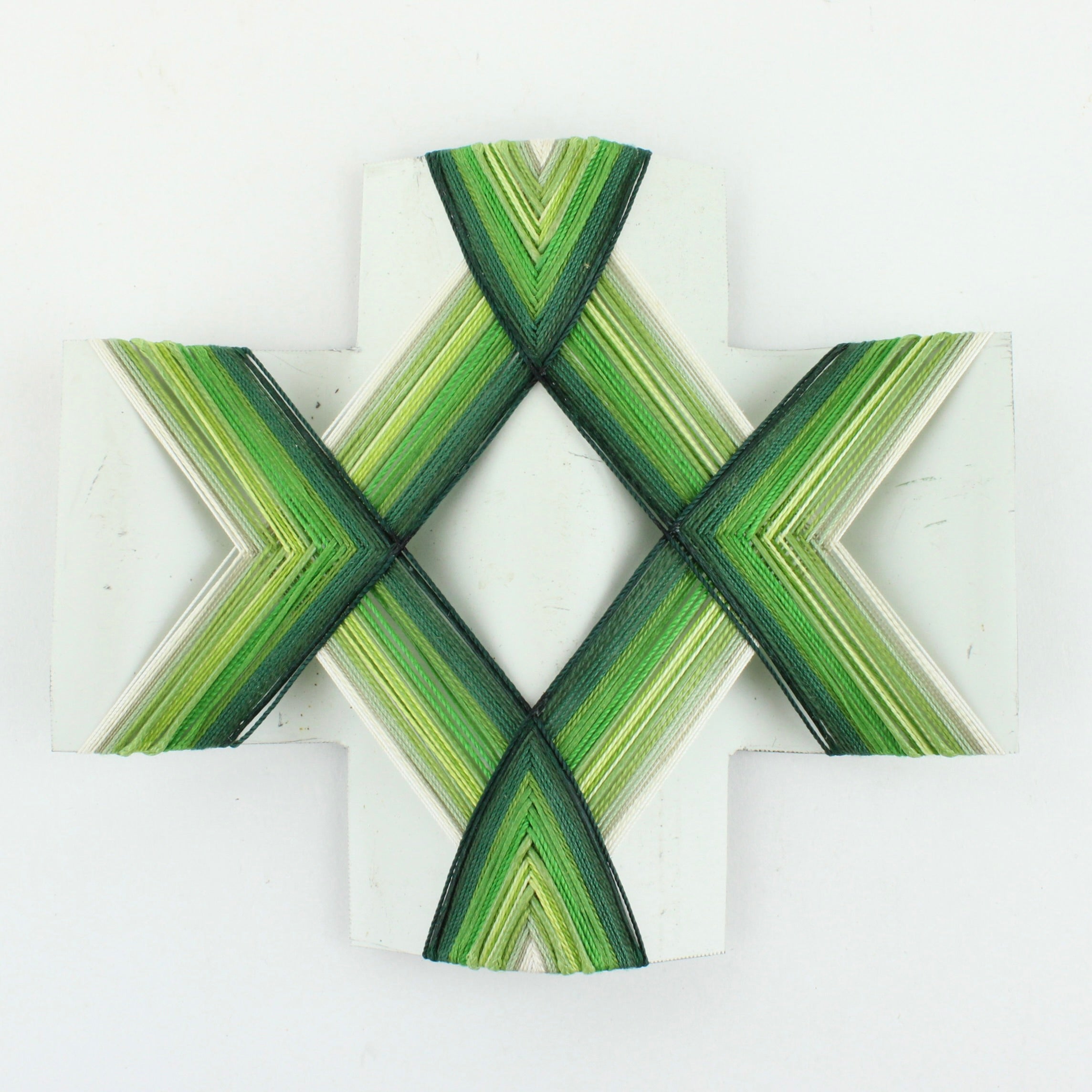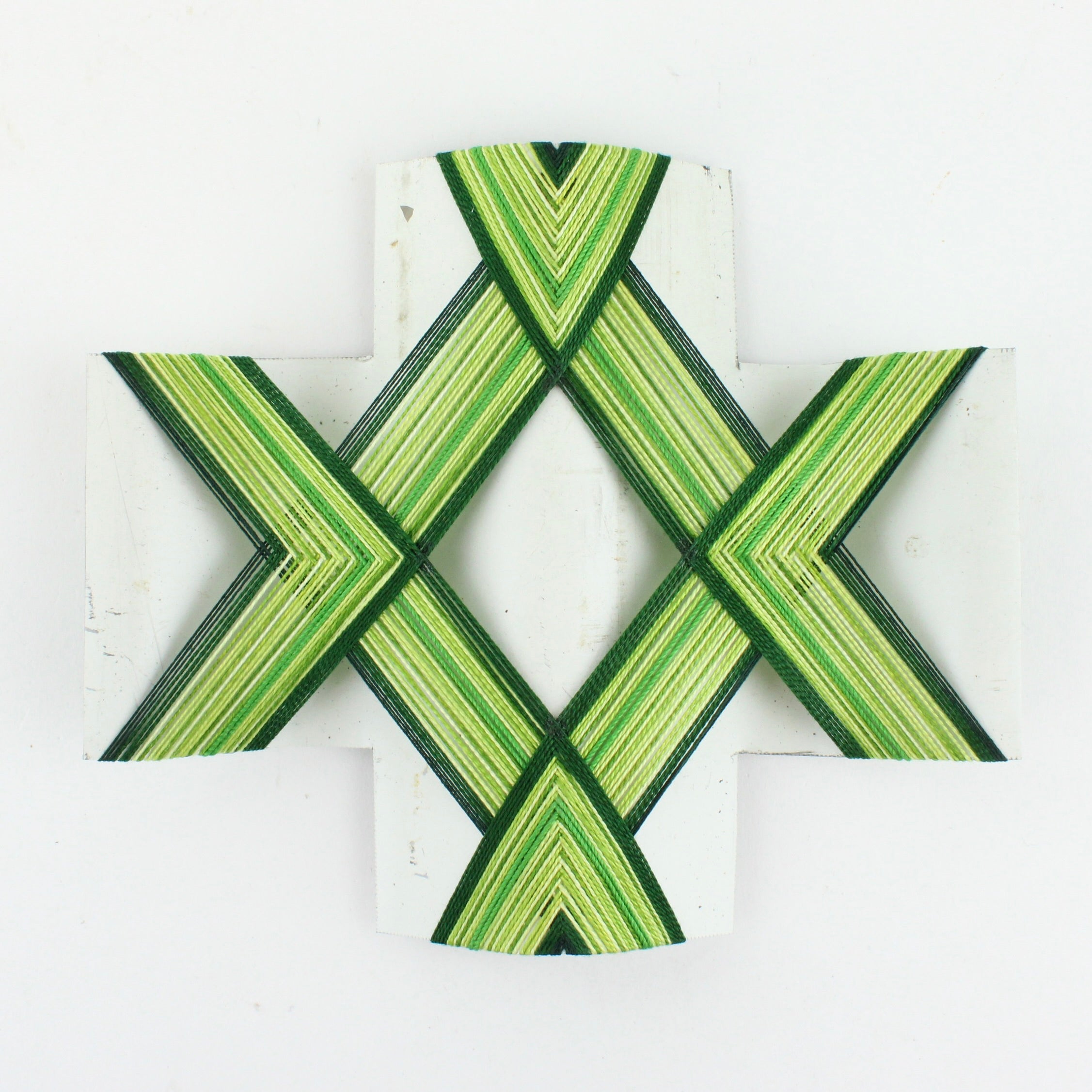Gilly Sheffield creates beautiful, distinctive + evocative works crafted from corrugated iron collected from sites around the motu, and shaped into works of art that weave a story of identity, whakapapa and history. We had the pleasure and privilege of catching up with Gilly
Read Gilly's story below...
I have always been a creator and I have always loved old pre loved paraphernalia but it was when we were renovating an old villa and I fell head over heels with the old roofing iron that I created something that could be called art.
I cut out around 20 crosses from that iron. I could see in my head what I wanted to create, and I knew it would be about whānau but I just wasn’t sure about the detail or exactly how to go about it all. I remember at the end of that first day of cutting iron that I had the most euphoric feeling, it felt like this was what I was meant to do. I recorded my whānau’s whakapapa on that iron, it’s seriously rough as guts, but I adore it.








